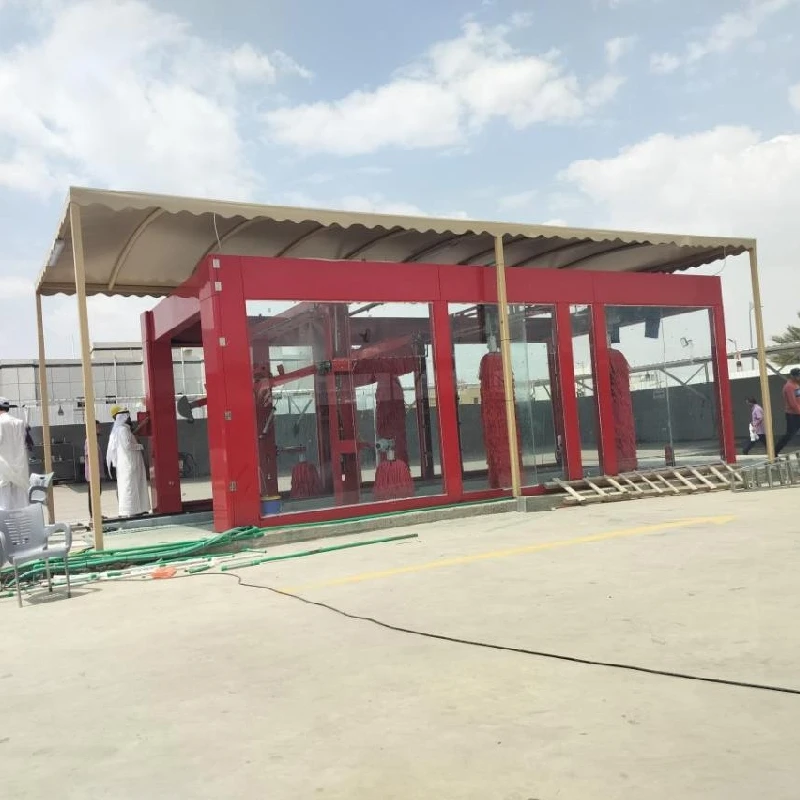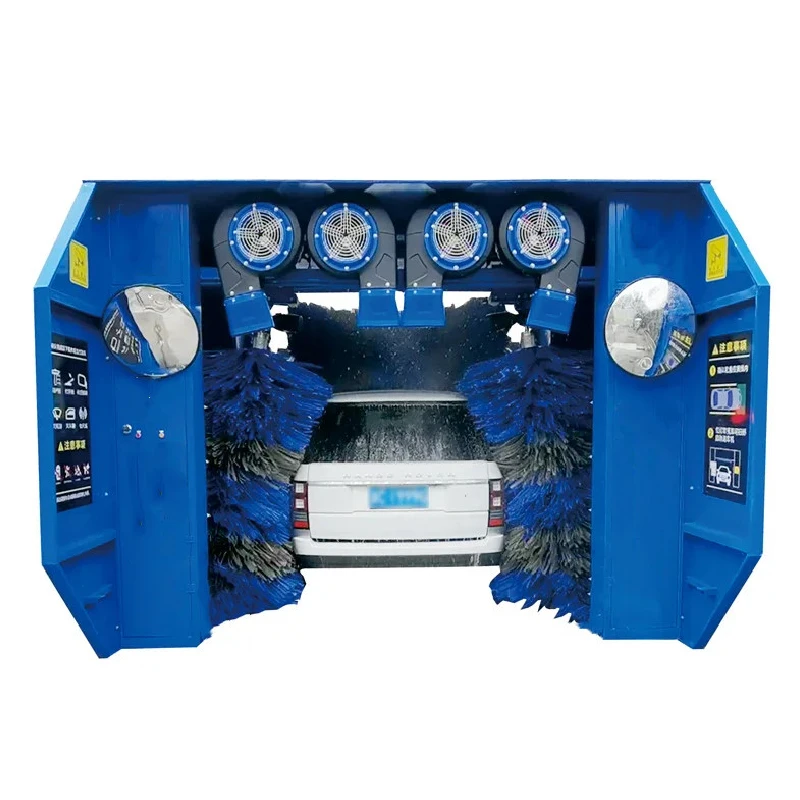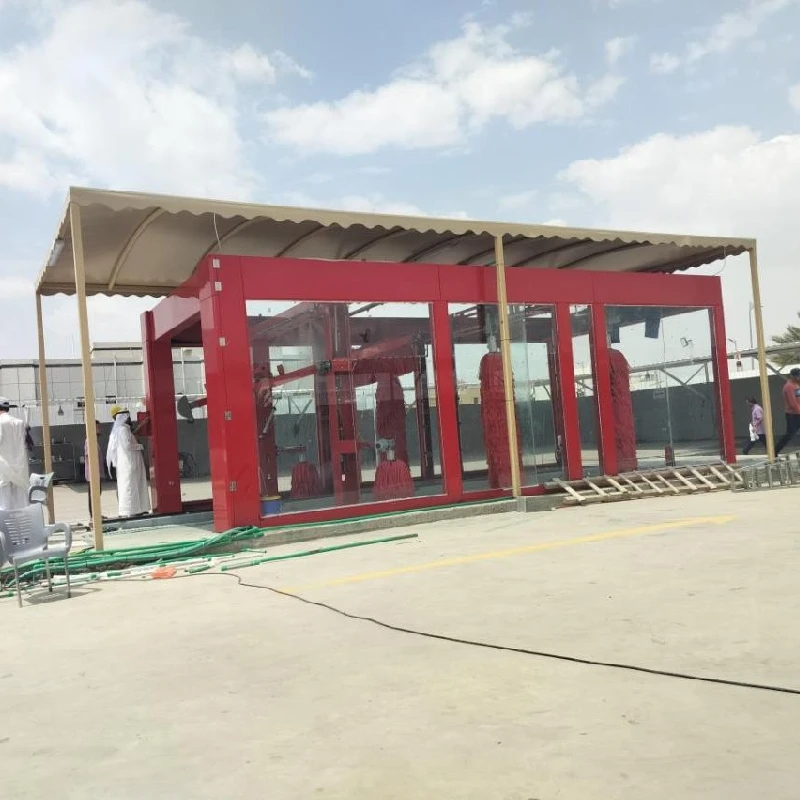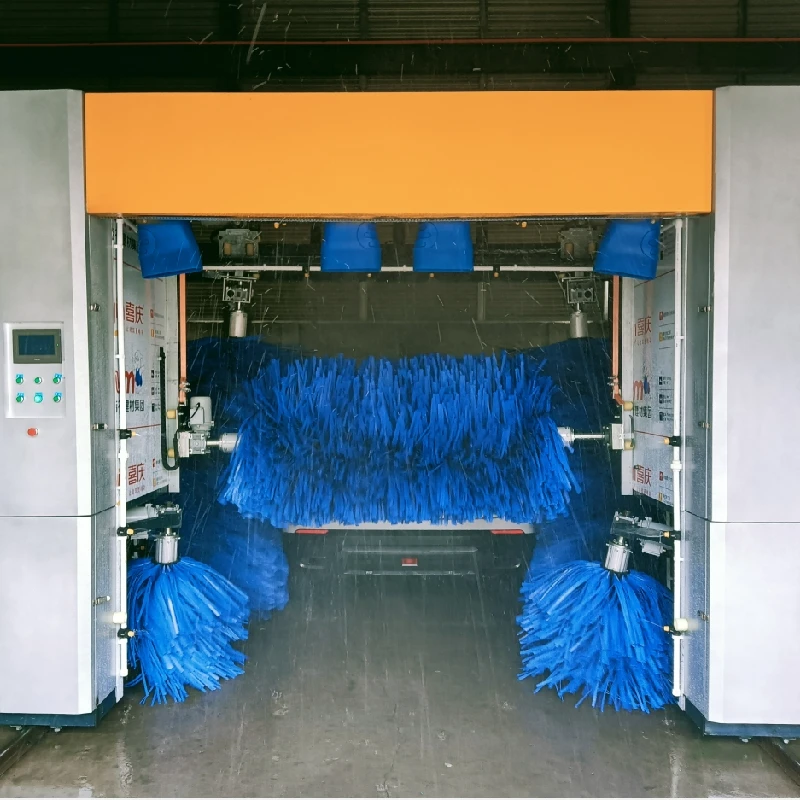Car Wash Tunnel Design: Max ROI & Throughput—Ready?
Designing a Better Tunnel: Notes from the Car Wash Floor
If you’ve ever stood beside a conveyor and watched foam, brushes, and air knives sync like a small orchestra, you know the magic (and the mess) of car wash tunnel design. To be honest, it’s more engineering than showmanship. And lately, the conversations I’m hearing in the industry focus on uptime, corrosion control, and smart PLC logic that keeps operators out of trouble and cars moving through.

A quick look at the DY-QC-9
The DY-QC-9 Tunnel Car Washing Machine comes from 27Retail Sales, East Of Fuxin Road, Qiaoxi Area, Xingtai, Hebei, China. What caught my eye is the build sequence: national-standard galvanized profiles and plates, CNC machining, welding and forming, then galvanizing, and finally a powder-sprayed, high-temperature baked finish. In fact, that last step—done right—adds surprising durability in wet, chemical-heavy bays.
Industry trends (as operators tell it)
- Throughput with finesse: not just cars/hour, but consistent dry-off and fewer rewash tickets.
- Corrosion resistance over “shiny”: galvanized + powder is winning; stainless only where it truly pays.
- Smart controls: PLC/HMI fault trees, recipe presets, and remote diagnostics.
- Water reclaim: realistic targets ≈80–90% with decent filtration; real-world use may vary.
Typical specifications (DY-QC-9)
| Parameter | DY-QC-9 Spec (≈, real-world may vary) |
|---|---|
| Tunnel length | ≈12–30 m (configurable) |
| Throughput | ≈60–120 cars/hour |
| Conveyor speed | ≈0.8–2.2 m/min, VFD |
| Power (pumps/dryers) | ≈15–45 kW total (layout dependent) |
| Water reclaim | Up to ≈80–90% with reclaim module |
| Electrical | 380–480 V, 3Ø, 50/60 Hz |
| Frame/coating | Galvanized steel + powder-baked finish |
| Control | PLC + HMI, recipe presets |
| Service life | ≈8–12 years with PM program |
Process, methods, and testing
Materials enter as galvanized profiles/plates, get CNC-cut, welded, and formed. After surface prep, parts are hot-dip or pre-galvanized and powder coated, then baked at high temperature for adhesion. Many shops benchmark corrosion with ASTM B117 salt-spray (often ≥480 h), ingress protection to IEC 60529 targets (IP54–IP65 for enclosures), and verify coating thickness per ISO 1461. I’ve watched QA rigs run for days—monotonous, essential. Service life hinges on this stage.
Application scenarios and advantages
- High-traffic forecourts needing consistent finish without ballooning labor.
- Fleet depots (ride-hailing, rental) where uptime and gentle brush profiles cut damage claims.
- Coastal installs where zinc + powder slows rust creep—customers say it “just holds up better.”
Compared with older lines, car wash tunnel design today leans on tighter PLC interlocks, softer foam brush chemistries, and air-knife angles tuned by field techs—little things that shave seconds and save soaps. Surprisingly impactful.
Vendor landscape (quick comparison)
| Vendor / Model | Strengths | Throughput (≈) | Coating / Corrosion | Price band |
|---|---|---|---|---|
| DY-QC-9 (China) | Value, galvanized + powder, flexible layouts | 60–120 cph | Galv + powder-baked finish | $ |
| WashTec SmartCare (DE) | Automation, service network (EU/US) | 70–140 cph | Stainless/galv mix + powder | $$$ |
| ISTOBAL M’NEX series (ES) | Modular options, strong aesthetics | 60–120 cph | Galv + paint/powder options | $$ |
Customization and controls
DY’s line supports recipe-based wash packages, adjustable brush pressure, foam/chemical arches, and staged dryers. For tighter sites, you can trim modules; for premium sites, add ceramic-sealant arches and LED guidance. A solid car wash tunnel design keeps maintenance in mind: tool-free brush replacement points and HMI wizards for calibration (a small mercy for night-shift techs).
Case notes from the field
One fleet operator (three-bay site, coastal) swapped an older belt drive for a DY-style conveyor and powder-baked frames. After 6 months, they reported fewer corrosion touch-ups and a 7–9% uptick in cars/hour, mostly by smoothing load-on and reclaim tuning. Not a lab test—just the dirty, useful kind of data.
Certifications and safety
When you evaluate, verify CE (Machinery Directive), electrical panels to UL 508A or equivalent, safety circuits to EN ISO 13849-1, and enclosure IP to IEC 60529. Ask for coating records per ISO 1461 and any ASTM B117 salt-spray results. It sounds dry; it saves weekends.
References
- ISO 1461: Hot dip galvanized coatings — Specifications and test methods.
- ASTM B117: Standard Practice for Operating Salt Spray (Fog) Apparatus.
- IEC 60529: Degrees of protection provided by enclosures (IP Code).
- 2006/42/EC: EU Machinery Directive (CE marking).
- EN ISO 13849-1: Safety-related parts of control systems.
-
Car Wash Equipment – Durable, Efficient, Pro-Grade SystemsNewsNov.10,2025
-
automatic car washing machine price list: Fast ROI, Low CostNewsNov.10,2025
-
Car Wash Tunnel Design for High Throughput, ROI & UptimeNewsNov.10,2025
-
Car Wash Tunnel Design | High Throughput & Low MaintenanceNewsNov.10,2025
-
Automatic Car Washing Machine Price List - Fast ROINewsNov.10,2025
-
Car Wash Tunnel Design: High Throughput, Custom & DurableNewsOct.27,2025




